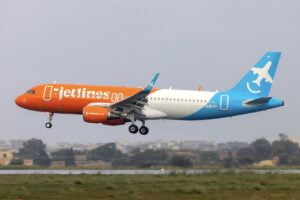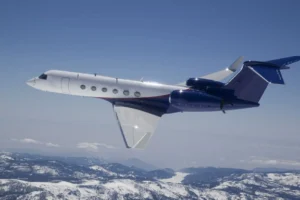
WHY FLIGHT PLANNING IS IMPORTANT?
Every single second, dozens of aircraft take-off all around the world. Whatever the mission is, each aircraft could not take off until the flight planning process was complete and in order.
This means that an aircraft operator can have every other factor in place – fuel, passengers, catering and more – and still not be able to take off. This scenario raises a relevant question: Why is flight planning so important in the first place?
THE IMPORTANCE OF SAFETY
We all know safety is the number one concern when it comes to the aviation industry, and all technologies developed over the years in this sector were built around the notion of assuring maximum safety for pilots and passengers alike. Consequently, this could not be different with the flight planning process.
The number one priority of flight planning is assuring the safety of the aircraft and of its occupants. Upon the creation of the plan, planners must verify all NOTAMs – Notice To Air Men – for the departure and arrival airports, as well as the airspace regions by which the aircraft will pass. This is to review any restrictions that may disrupt or alter the progress of the flight.
When it comes to safety, flight planning becomes a joint effort between the aircraft operator and the aviation authority. Before departure, every flight plan must be addressed to the airspace control and reviewed before clearance.
MAKING FLIGHT PLANNING COST EFFECTIVE
In addition to avoiding airspace issues, another important aspect of flight planning is reducing costs where possible without compromising safety.
While there are numerous variables that can affect fuel consumption during a flight, one of the most apparent examples are the jetstreams, or air currents between the troposphere and the stratosphere.
The widely known example where this plays a major role is the transatlantic sector between North America and Europe, where strong winds flow from the New World to the Old Continent, massively affecting flight planning.
Due to the jetstreams, flights in both directions alter their ideal fight planning routes in order to benefit from or avoid the winds. While aircraft may have to fly longer routes, the flight time can be expressively lower, meaning the fuel consumption is lower as well which brings costs down.
In the last week, for instance, flight AA142 between New York/JFK and London/Heathrow took an average of six hours between both airports. Flight AA101, which is operated in the inverse direction by the exact same aircraft as the first flight (the Boeing 777-200), took about one hour more.
To address these complexities, there are companies such as Flightworx that develop personalized flight planning, offering this kind of assistance all around the world 7 days a week, 365 days a year. This business consider all particularities or preferences the customer may have, as well as the economic advantages, to produce the most efficient flight planning possible.
CONCLUSION
In a commercial operation, the savings provided by an excellent flight planning can mean the difference between a loss and a profit. Apart from assuring maximum safety, which is the absolute law in aviation, a good flight plan also brings more convenience to the aircraft operator. And in the corporate world where “time is money”, flight planning makes all the difference.



